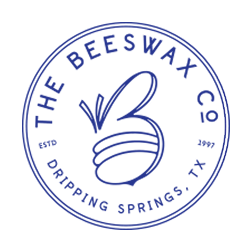How do bees make wax? And what is beeswax anyway? We love answering those questions. Once in the beeswax business, bees themselves became irresistibly fascinating to us. The more we learned, the more we wanted to know. Our family even became hobby beekeepers in the process.
Bees are extraordinary creatures. The way they live and work—making both wax and honey—isn’t just fascinating, but extraordinarily important to the rest of the Earth’s ecosystem. Go ahead and dazzle your friends and family with these amazing facts:

What is beeswax?
Beeswax is a remarkable building material made through a meticulous and delicate digestive process that turns honey—and the pollen and nectar that comprises it—into wax. A bee must consume 6 to 8 pounds of honey to produce one pound of beeswax. It—like honey—also can’t be made year-round. That’s what makes beeswax so special and why it’s so difficult to find all-natural, 100% pure beeswax. It’s a true treasure.

Why do bees make beeswax?
Beeswax is used to make the honeycomb “cells” where honey is stored within each hive. Its mailable-yet-resilient consistency makes it the ideal building material for creating those perfect little hexagonal shapes. Do you know why bees have a preference for hexagons? Hexagons are the most efficient shape for storing honey: requiring the smallest amount of wax to store the highest volume of honey possible. Learn more.
How do bees make wax?
Honey and beeswax are interconnected—bees can’t make one without the other. Worker bees are responsible for creating both, depending on what stage they’ve reached in their very short lifespans (only about 35 days). By early adulthood (10 days old in a bee’s lifespan), worker bees are most efficient at producing wax, which appears as small flakes on the bees’ abdomen and requires a group effort to make. Find out more about the story here.
What makes honey different?
Honey is everything to a bee: it’s a food source as well as a building block for beeswax. Bees are more like humans than many other animals in that way: They painstakingly make their food (honey) and manufacture their construction materials (beeswax). For more on how bees make honey, read more here.

What determines the quality of the raw wax?
It all depends on what the bees consume. Bees out in the wild can come in contact with pesticides and other chemicals that can contaminate the wax they produce. Some countries like China are known to allow bee “farming” by exclusively feeding bees sugar water and robbing them of the valuable natural proteins and carbohydrates they need to make quality wax. Then, once harvested, beeswax can be further altered by being bleaching or by “cutting” it with additives like paraffin. For more, please read our critical report on the hidden dangers of imported beeswax.
Do you have any other questions about beeswax? Please ask us! We love sharing our knowledge of and passion for all things bees.



